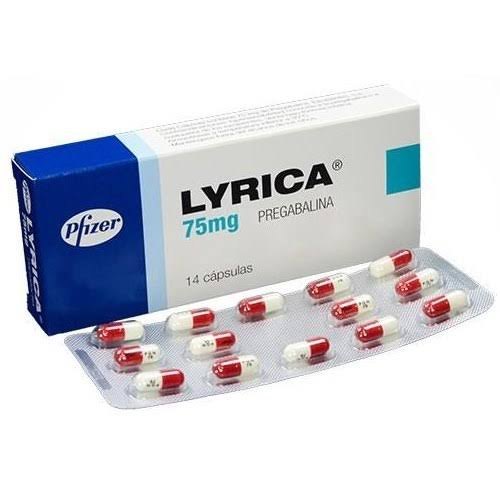Pregabalin uses in dermatology

Indications and dosage
- Chronic pruritus of neuropathic origin .
- Post herpetic neuralgia : 75 mg two times per day or 50 mg three times per day, if not adequate after 2-4 wks, it may be increased to total dose of 600 mg daily divided into 2 or 3 times per day.
- Paraneoplastic itch.
- Post-burn pruritus
- Prurigo nodularis.
- Chronic scalp pain.
- Erythromelalgia.
- Skin picking disorder
- Trichotillomania
- Dercum disease pain
- Scalp dysaesthesia.
- Vulvodynia
- Renal pruritus : 25-75 mg po.
- Neuropathic pain in diabetes : start with 50 mg three times per day. The dose can increase up to 300 mg/day within one week.
- Fibromyalgia: 300 mg to 450 mg per day.
Dosage :
- Started at lower doses and then titrated upwards according to clinical benefit.
- Abrupt withdrawal manifestations may include nausea, insomnia, headache and diarrhea, nervousness, irritability, hyperhidrosis.
Adjusting the dose in old patients
- Pregabalin is mostly excreted unchanged in urine.
- Older adults often require renal adjustment of dosing because of the age related changes in renal functions
Mechanism of action
- The exact mechanism still not accurately understood.
- Pregabalin is analog of the inhibitory transmitter GABA, it has high affinity to the alpha-2-delta subunit of voltage-gated calcium channels in the nervous system. Binding of pregabalin to these subunits is thought to decrease the release of excitatory neurotransmitters.
Side effects
- Drowsiness, dizziness, and even peripheral edema.
- Mood changes or increased depression.
- Anxiety, or suicidal ideation
- Blurred vision.
- Difficulty with balance or coordination.
- Edema in extremities.
Drug interactions
- Use of opioids in concurrence with gabapentinoids should be avoided because the risk of sedation and respiratory depression.
Contraindications
- Hypersensitivity
Precautions
- The patient should be screened for:
- History of kidney disease.
- Chronic obstructive pulmonary disease (COPD) or other lung disorders.
- Current opioid medication use.
- History of falls, lightheadedness, or vertigo.
- History of mood disorders, including depression and suicidal ideation.
- History of recreational drug usage.
- Pregabalin should be avoided in pregnancy and breast feeding.
What are the differences between pregabalin and gabapentin?
- Pregabalin binds to its receptors strongly and it is more effective than gabapentin.
- Pregabalin has less side effects than gabapentin.
- Pregabalin is usually completely absorbed in contrast to gabapentin.
- Pregabalin is absorbed rapidly, while gabapentin is absorbed slowly.
- Pregabalin is not affected by food.
What if I want to replace gabapentin with pregabalin?
Conversion between the two drugs is tolerated. You have two options
- Convert from gabapentin to pregabalin immediately according to the following doses :
- Gabapentin 900 mg/day → pregabalin 150 mg/day
- Gabapentin 1800 mg/day → pregabalin 300 mg/day
- Gabapentin 3600 mg/day → pregabalin 600 mg/day.
- Convert from gabapentin to pregabalin gradually by decreasing the gabapentin doses by 50% and giving 50% of the the desired pregabalin dose, after 4 days, discontinue gabapentin completely.
Take home messages
- Pregabalin is generally a safe promising drug.
- Dose should be adjusted in old patients according to creatinine clearance. Creatinine clearance should be calculated in old patients before starting pregabalin. Renal function should be monitored closely through the course of treatment.
- Advice the patient NOT to stop the drug suddenly.
- Patients should thus be thoroughly screened for reduced lung function and use of opioids or CNS depressants
#Pregabalin #Pregabalin in dermatology #pregabalin post herpetic neuralgia